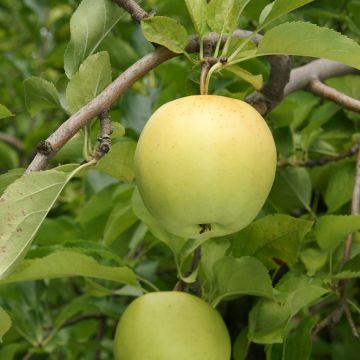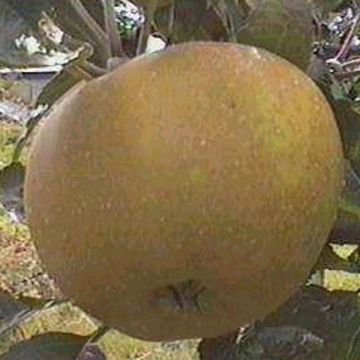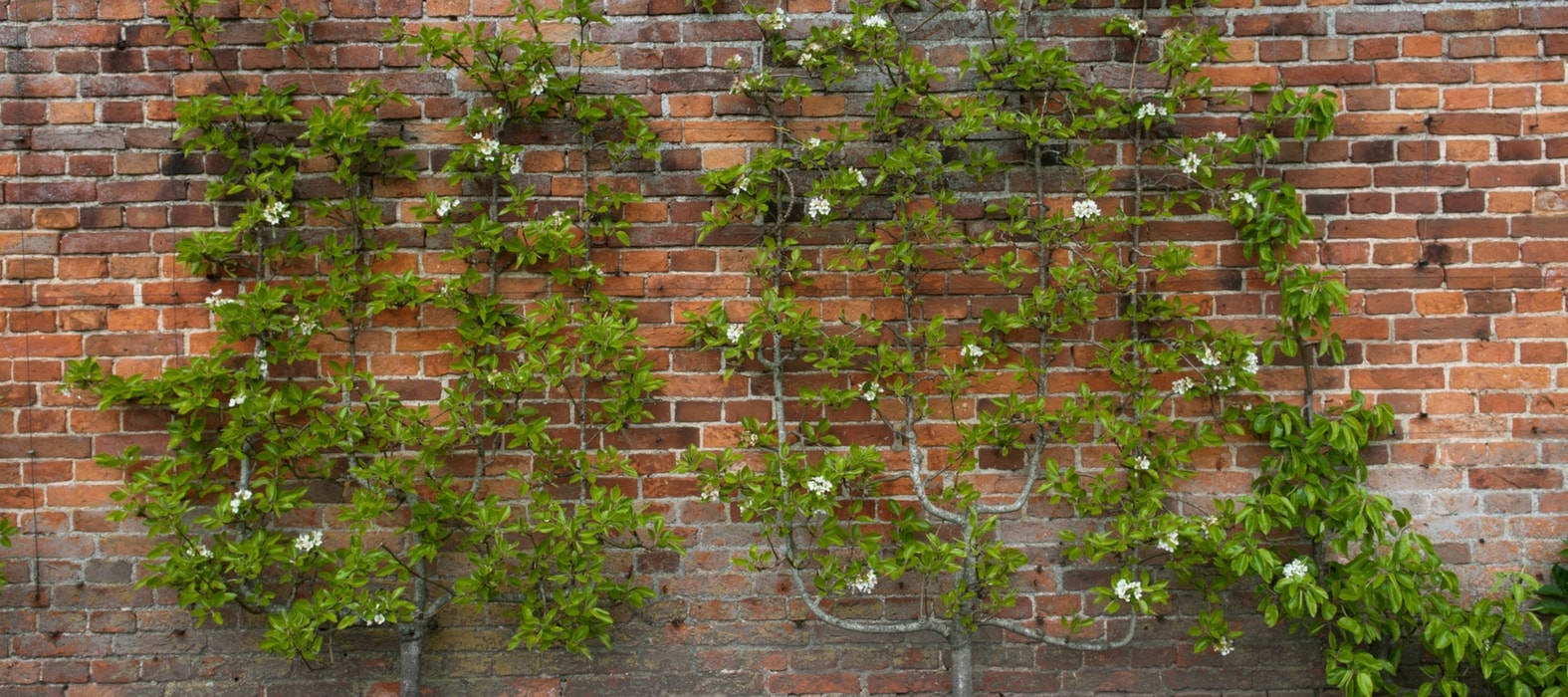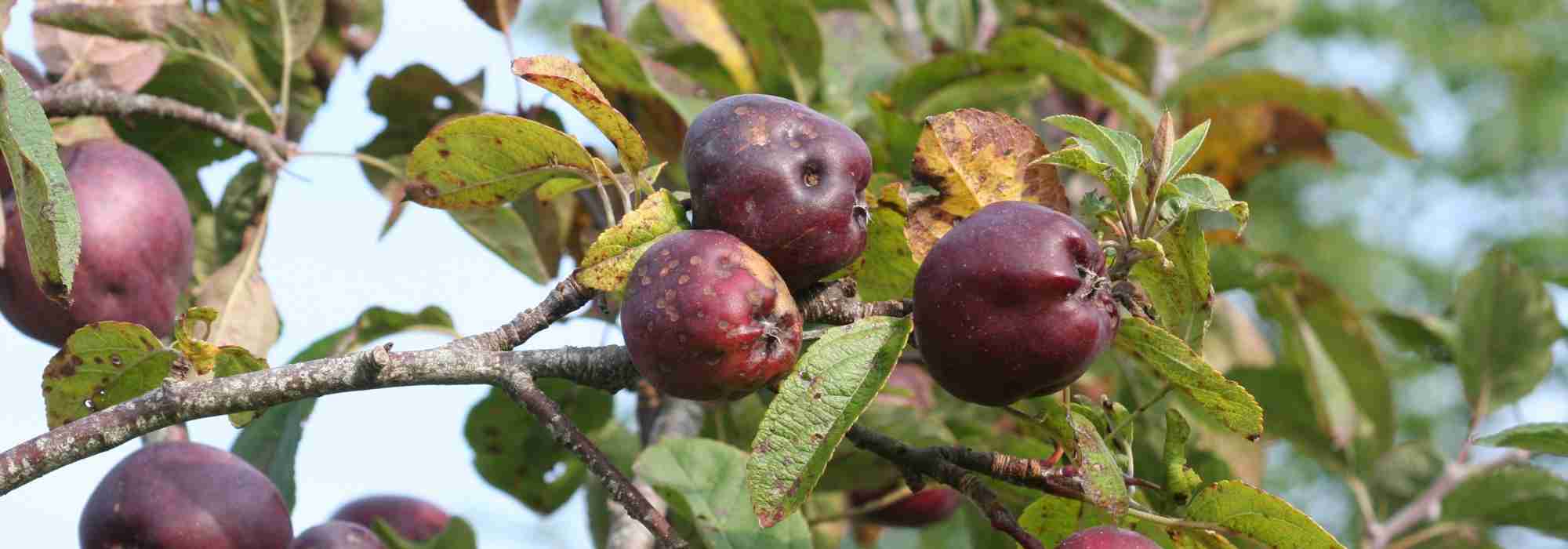

Pommier Court Pendu Bio en racines nues, forme scion
Organic Apple Tree Court Pendu - Malus domestica
Malus domestica Court Pendu
Apple, Orchard apple, Table apple, Cultivated apple
Special offer!
Receive a €20 voucher for any order over €90 (excluding delivery costs, credit notes, and plastic-free options)!
1- Add your favorite plants to your cart.
2- Once you have reached €90, confirm your order (you can even choose the delivery date!).
3- As soon as your order is shipped, you will receive an email containing your voucher code, valid for 3 months (90 days).
Your voucher is unique and can only be used once, for any order with a minimum value of €20, excluding delivery costs.
Can be combined with other current offers, non-divisible and non-refundable.
Home or relay delivery (depending on size and destination)
Schedule delivery date,
and select date in basket
This plant carries a 6 months recovery warranty
More information
We guarantee the quality of our plants for a full growing cycle, and will replace at our expense any plant that fails to recover under normal climatic and planting conditions.
Description
The Organic Court Pendu Apple Tree is a very old variety, known since the 15th century, originating from Normandy. It offers delicious, flat apples whose green-grey skin turns yellow, sometimes tinged with red when ripe. Their yellow flesh is crisp, fine and very sweet, releasing a subtle aroma of cinnamon with a hint of anise in the mouth. These fruits are harvested in October and can be consumed from December onwards. They were once believed to have medicinal properties.
Plant from Organic Agriculture.
The Court Pendu Apple Tree produces an excellent, versatile apple, equally good eaten raw or cooked. It will also keep for a long time, at least until April and sometimes even for a year, if stored under very good conditions.
This hardy apple tree can withstand temperatures down to -30°C (-22°F) and blooms in April. It is resistant to disease, including scab. When mature, the tree will reach about 4 metres (13 feet) in all directions, depending on the growing conditions.
This apple tree is sometimes referred to as self-fertile. In reality, it is very infertile and should therefore be considered an inter-fertile variety. To bear abundant fruit, it should be planted near other varieties that flower at the same time, such as 'Reine des Reinettes' or 'Api rouge'.
The apple tree (in Latin Malus domestica) is a fruit tree belonging to the Rosaceae family. It is cultivated almost everywhere in the world and includes countless varieties, old or modern, which produce apples of varying sizes and flavours, ranging from sweet to tart.
Apple trees are native to Europe. They are hardy, sometimes to -30°C (-22°F) for the most resistant varieties.
The size of a domestic apple tree does not exceed ten metres in height, with a similar width. This size can be much smaller depending on the vigour of the rootstock used. This fruit tree generally has a tall trunk that naturally spreads out. It comes in various forms (bush, half-standard, standard...) and can be trained in many ways (columnar, cordon, espalier...)
The leaves of the apple tree are deciduous, falling in autumn, and arranged alternately on the branches. They are ovate and toothed with a dark green upper surface and a whitish, slightly fuzzy lower surface.
In spring, the apple tree bears white or pinkish-white flowers grouped in corymbs. The white flowers have 5 petals and surround a core composed of about 20 stamens. They are followed by fleshy, round fruits (from a botanical point of view, drupes) filled with seeds. Their colour, size, flavour and shelf life vary depending on the variety.
The apple tree is rarely self-fertile and requires the presence of other apple trees flowering at the same time and nearby, to bear fruit.
The apple tree can be grown in all climates but prefers temperate, humid regions. It thrives in full sun in reasonably moist and rich soil. It is traditionally grown in orchards but can also be grown as a standalone tree or even as a hedge.
It is an easy fruit tree that requires some thinning pruning. Proper fruiting pruning will prevent the phenomenon of alternate bearing (fruiting every other year). An annual or biennial application of well-decomposed compost also enhances apple tree productivity.
Apples are harvested in late summer and autumn and can sometimes be stored for a long period in a cellar and consumed until early spring. Apples lend themselves to a wide range of culinary preparations (compotes, pies, jellies), but can also be used to make apple juice or cider.
For transport reasons, our tallest scions may be pruned before shipment. They are suitable for all common training forms: cordons, espaliers, bushes, half-standards, and low standards, but not high standards. If you would like more information or advice on training your fruit trees, please do not hesitate to contact us.
Organic Apple Tree Court Pendu - Malus domestica in pictures


Plant habit
Fruit
Flowering
Foliage
Botanical data
Malus
domestica
Court Pendu
Rosaceae
Apple, Orchard apple, Table apple, Cultivated apple
Cultivar or hybrid
Other Apple trees
View all →Planting and care
Choose a sunny location for your Court Pendu Apple Tree. The soil can be slightly chalky or acidic but not excessively so. Dig a wide planting hole at least 3 times the volume of the root ball and add organic matter (potting soil, compost...) and a base fertiliser such as bonemeal. Do not bury the graft collar. Stake if necessary. Water abundantly, even in winter and even if it rains. Fruit trees are best planted between October and March, outside the freezing period. Container-grown plants can be planted throughout the year, except during periods of high heat or frost.
You can add a small handful of wood ash, rich in potash, during winter, to improve fruiting. Watch out for possible aphid attacks. A white powdery coating due to a fungus (powdery mildew) may appear on the leaves in summer, but this does not harm fruit development in gardens. Harvest takes place in September. Only keep picked fruits for storage. Apples should be stored with the stalk pointing downwards, on shelves or in crates. Choose a completely dark, dry, cool, frost-free place.
Planting period
Intended location
Care
Planting & care advice
This item has not been reviewed yet - be the first to leave a review about it.
Similar products
Haven't found what you were looking for?
Hardiness is the lowest winter temperature a plant can endure without suffering serious damage or even dying. However, hardiness is affected by location (a sheltered area, such as a patio), protection (winter cover) and soil type (hardiness is improved by well-drained soil).

Photo Sharing Terms & Conditions
In order to encourage gardeners to interact and share their experiences, Promesse de fleurs offers various media enabling content to be uploaded onto its Site - in particular via the ‘Photo sharing’ module.
The User agrees to refrain from:
- Posting any content that is illegal, prejudicial, insulting, racist, inciteful to hatred, revisionist, contrary to public decency, that infringes on privacy or on the privacy rights of third parties, in particular the publicity rights of persons and goods, intellectual property rights, or the right to privacy.
- Submitting content on behalf of a third party;
- Impersonate the identity of a third party and/or publish any personal information about a third party;
In general, the User undertakes to refrain from any unethical behaviour.
All Content (in particular text, comments, files, images, photos, videos, creative works, etc.), which may be subject to property or intellectual property rights, image or other private rights, shall remain the property of the User, subject to the limited rights granted by the terms of the licence granted by Promesse de fleurs as stated below. Users are at liberty to publish or not to publish such Content on the Site, notably via the ‘Photo Sharing’ facility, and accept that this Content shall be made public and freely accessible, notably on the Internet.
Users further acknowledge, undertake to have ,and guarantee that they hold all necessary rights and permissions to publish such material on the Site, in particular with regard to the legislation in force pertaining to any privacy, property, intellectual property, image, or contractual rights, or rights of any other nature. By publishing such Content on the Site, Users acknowledge accepting full liability as publishers of the Content within the meaning of the law, and grant Promesse de fleurs, free of charge, an inclusive, worldwide licence for the said Content for the entire duration of its publication, including all reproduction, representation, up/downloading, displaying, performing, transmission, and storage rights.
Users also grant permission for their name to be linked to the Content and accept that this link may not always be made available.
By engaging in posting material, Users consent to their Content becoming automatically accessible on the Internet, in particular on other sites and/or blogs and/or web pages of the Promesse de fleurs site, including in particular social pages and the Promesse de fleurs catalogue.
Users may secure the removal of entrusted content free of charge by issuing a simple request via our contact form.
The flowering period indicated on our website applies to countries and regions located in USDA zone 8 (France, the United Kingdom, Ireland, the Netherlands, etc.)
It will vary according to where you live:
- In zones 9 to 10 (Italy, Spain, Greece, etc.), flowering will occur about 2 to 4 weeks earlier.
- In zones 6 to 7 (Germany, Poland, Slovenia, and lower mountainous regions), flowering will be delayed by 2 to 3 weeks.
- In zone 5 (Central Europe, Scandinavia), blooming will be delayed by 3 to 5 weeks.
In temperate climates, pruning of spring-flowering shrubs (forsythia, spireas, etc.) should be done just after flowering.
Pruning of summer-flowering shrubs (Indian Lilac, Perovskia, etc.) can be done in winter or spring.
In cold regions as well as with frost-sensitive plants, avoid pruning too early when severe frosts may still occur.
The planting period indicated on our website applies to countries and regions located in USDA zone 8 (France, United Kingdom, Ireland, Netherlands).
It will vary according to where you live:
- In Mediterranean zones (Marseille, Madrid, Milan, etc.), autumn and winter are the best planting periods.
- In continental zones (Strasbourg, Munich, Vienna, etc.), delay planting by 2 to 3 weeks in spring and bring it forward by 2 to 4 weeks in autumn.
- In mountainous regions (the Alps, Pyrenees, Carpathians, etc.), it is best to plant in late spring (May-June) or late summer (August-September).
The harvesting period indicated on our website applies to countries and regions in USDA zone 8 (France, England, Ireland, the Netherlands).
In colder areas (Scandinavia, Poland, Austria...) fruit and vegetable harvests are likely to be delayed by 3-4 weeks.
In warmer areas (Italy, Spain, Greece, etc.), harvesting will probably take place earlier, depending on weather conditions.
The sowing periods indicated on our website apply to countries and regions within USDA Zone 8 (France, UK, Ireland, Netherlands).
In colder areas (Scandinavia, Poland, Austria...), delay any outdoor sowing by 3-4 weeks, or sow under glass.
In warmer climes (Italy, Spain, Greece, etc.), bring outdoor sowing forward by a few weeks.

























































